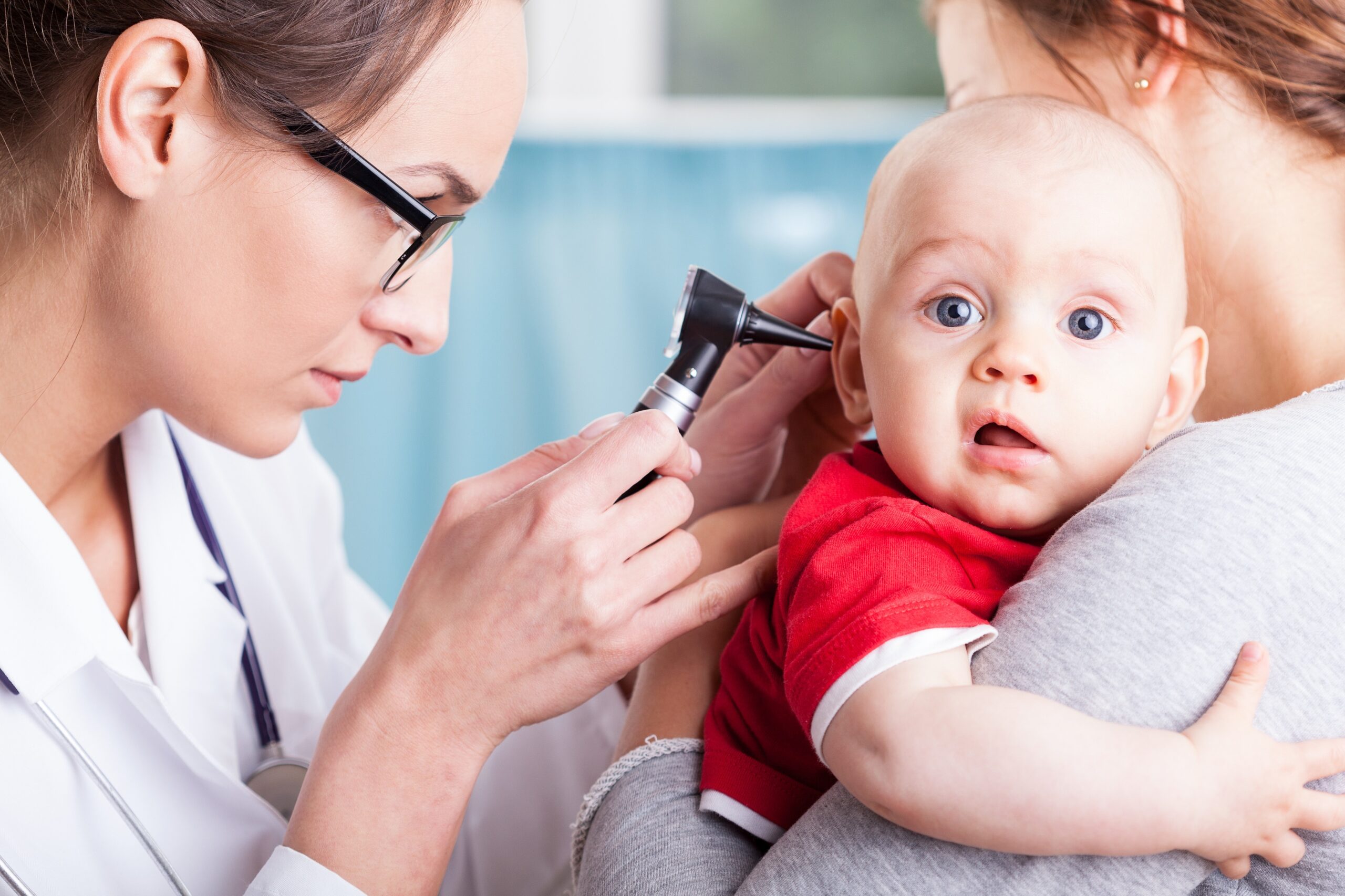 Keep your child’s ears, nose, and throat in maximum health.
Keep your child’s ears, nose, and throat in maximum health.
Kristin Carlson, Marketing Specialist – Bonner General Health
February is Kids ENT Health month. Ear, nose, and throat (ENT) ailments are common reasons children need medical attention. Primary care providers and Pediatricians manage most of these issues; however, some may require a referral to an Otolaryngologist (also known as an ENT Physician).
I spoke to our ENT Physician at Bonner General Health, Dr. Susan Anderson. Dr. Anderson says issues bringing adolescents to her clinic include: recurring ear infections, concern for hearing loss and speech delay, nasal congestion, recurrent nose bleeds, and tonsil-related complications.
Ear infections are the most common ailment in childhood; 80-90% of children will have an ear infection by three years of age. Dr. Anderson suggests a consultation with an Otolaryngologist for children who have four ear infections within six months or six within 12 months.
Tonsil and adenoid issues are other common ailments warranting an ENT consultation. If excessively enlarged or frequently infected, a provider may consider removing the tonsils or adenoids.
Problems caused by enlarged tonsils and adenoids include:
- obstructed breathing during sleep
- irritable behavior
- eating problems
- constant nasal congestion
- poor alignment of teeth
- abnormal facial development
Parents may seek consultation regarding tonsils after noticing loud snoring and restless sleep.
Dr. Anderson says a newer ailment she sees is hearing loss in teens and adolescents associated with earbuds or headphones. Kids listen to electronic media at elevated levels, leading to high-frequency hearing loss. However, it is not just the volume causing the hearing changes but also the time spent using earbuds/headphones. Hearing damage is similar to sun damage; it is additive over time, and too much causes harm.
To protect your child’s hearing, kids should take breaks after an hour of listening and turn the volume down to 60%. The best practice for everyone is you should be able to hear conversations going on around you while listening to your media with earbuds/headphones. Also, kids should not sleep with their earbuds/headphones on; this is additional “trauma time” to their hearing.
For more information or to reach Dr. Anderson, call Bonner General Ear, Nose, and Throat Clinic at (208) 265-1003 or visit www.bonnergeneral.org.
This article was written for publication in The River Valley Beacon – January 25, 2022.

